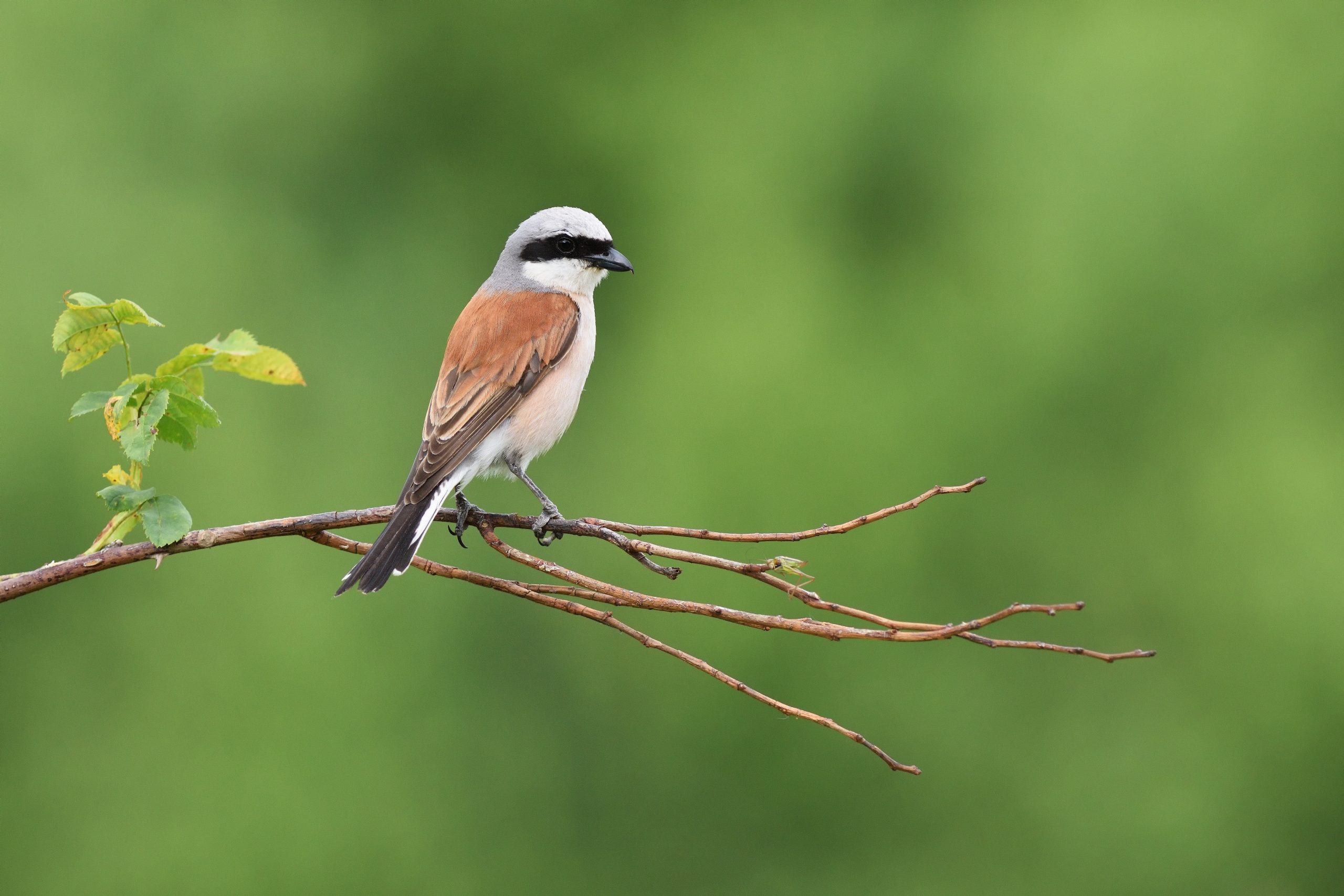Project description and goals
Agricultural practices have changed significantly in recent decades. Meadows are frequently cut earlier, more often and are also fertilised more intensely. This has a serious impact on biodiversity. For example, populations of bird species, that rely on extensively managed meadows and pastures, have either been decimated or have disappeared completely. The main objective of this project is to study the ecology and distribution of the particular species that are tied to extensively managed grasslands. At the same time, it is important to understand how future grassland use can be managed without threatening the existence of these species.
Methods
The study sites were selected on the basis of two criteria: on the one hand, known nesting points were used as a guide for possible recent breeding areas, on the other, potentially suitable areas were pre-selected based on landscape criteria. The surveys in this study mostly correspond with Biodiversity Monitoring South Tyrol’s standard programme. The ornithologists visit the research sites twice a year between April and July in the early morning, where, experts count all observed species, heard or seen and a distinction is made between those within and those outside a 100 m radius. In addition, playback-birdcalls are played to identify some rare bird species. In addition, surveys are carried out in the evenings to record nocturnal species (European nightjar, corn crake).
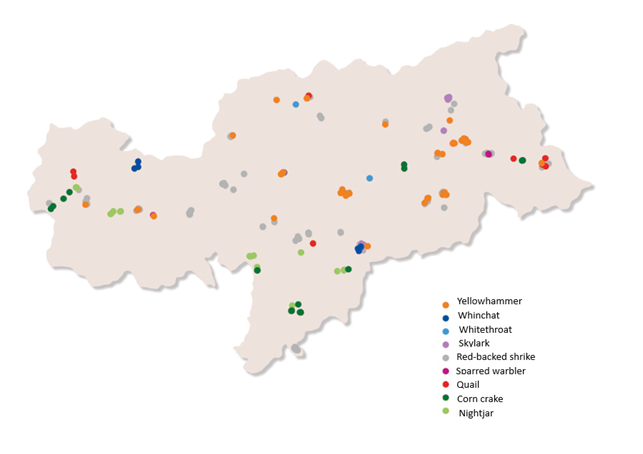
Results
The surveys resulted in a detailed picture of the South Tyrolean grassland species. The first general tendencies confirm an already known trend: Overall, the distribution of bird species on extensive meadows and pastures is strongly declining. Species such as whinchat and corncrake are rare, while others, especially barred warbler or ortolan, have almost completely disappeared. Nightjars and quails are also found only sporadically. Red-backed shrike, skylark and yellowhammer, on the other hand, are still present, but in many cases only sporadically or with locally limited populations.
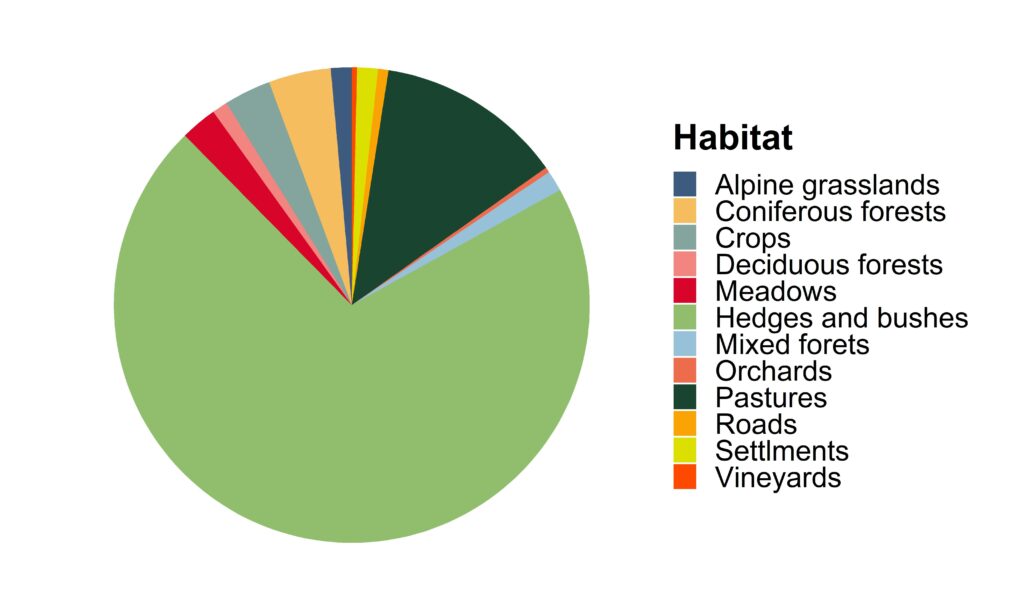

“The surveys carried out confirmed the importance of extensive meadows and pastures and their near-natural margins as habitats for the species studied,” explains Giulia Ligazzolo from the Office for Nature. “All these birds depend on extensively managed habitats and the linear and punctuated elements they contain, such as shrubs, hedges or rows of trees,” she adds. Although such landscapes still exist in some parts of the province, they are in danger of disappearing completely due to ongoing agricultural intensification and the abandonment of areas that are difficult to access and manage. The few remaining habitats that are still managed in the traditional way by some farmers are therefore of enormous importance for the protection of nature and especially the species that are so specifically tied to these unique conditions. Overall, the special project has consolidated the importance of the landscape management premiums promoted by the province to protect the flora and fauna living in the meadows and thus enable the preservation of these valuable landscapes. However, a great deal of effort is still needed to eliminate the threat to meadow birds and co.
Partners
The project is carried out in collaboration with the Office for Nature (Aut. Prov. Bozen-Südtirol).
Contact
For further information, please contact Matteo Anderle, matteo.anderle@eurac.edu

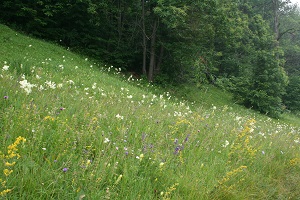
Some bird species rely on extensively cultivated meadows and pastures. The intensification of the cultivation results in the decline of these species. 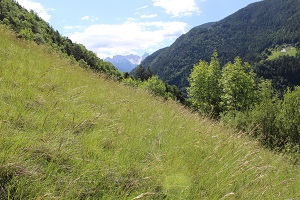
Extensive meadows are cut and fertilised less. Therefore, the habitat of the birds living there is barely disturbed. 
The Eurasian skylark breeds in meadows and fields. Its total number has been declining continuously since the 1980s.

